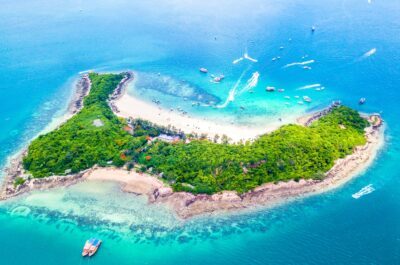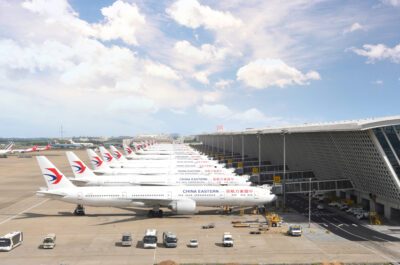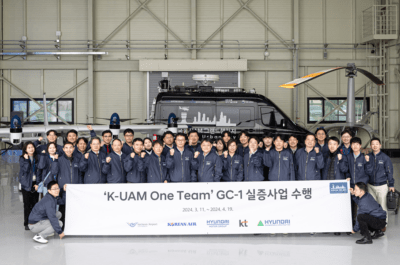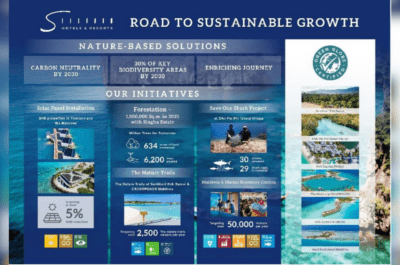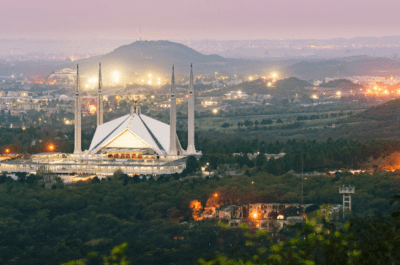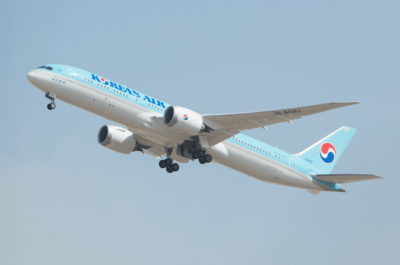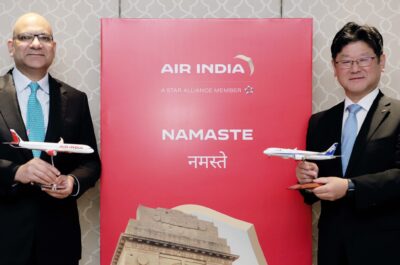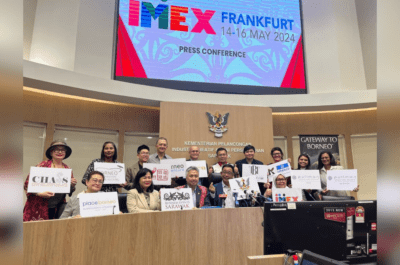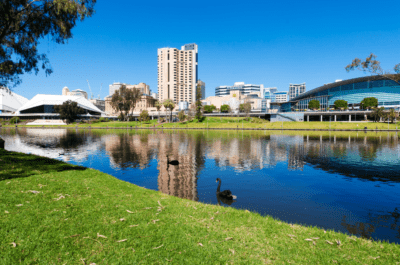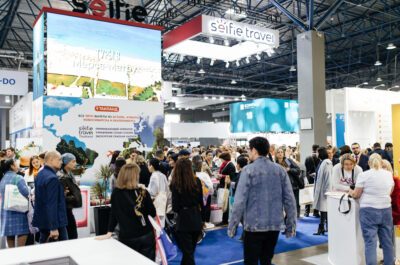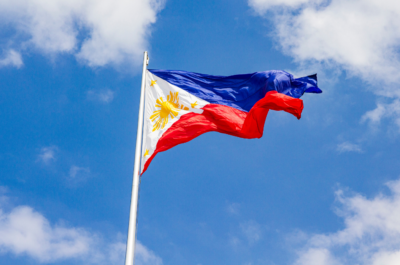…
In the May 2006 edition of Issues & Trends (“Will the Future Travel and Tourism Agenda Hold Water?”) we raised some currently expressed concerns about the continued availability of fresh water into the near future together with some of the implications for the travel & tourism industry.
This is obviously an on-going concern and one which we are continuously monitoring and tracking. It was interesting therefore to discover the following item from Strategic Forecasting Inc., which adds a new dimension to this same issue. In adding to the body of knowledge and opinion about this subject therefore, we decided that this particular article should be distributed to our members, as written. (Please note that China refers to the People’s Republic of China).
So here it is, in its entire – and reproduced with permission……
Shanghai experienced its third salt tide in six weeks Oct. 24: With low water levels in the Yangtze River, a tide of salt water surged into the river and traveled far into the country`s interior, contaminating the water supply of the world`s fourth-largest city. Shanghai water authorities assure the public that disruptions from this salt tide will be brief, but they also note that, given the low gauge of the Yangtze, significant water shortages might be possible during the traditionally dry winter months.
This is not the first water scare this year for China – or other economically dynamic parts of the world, for that matter. Continuing water shortages in India, for example, are driving some to question whether the snow melt that has fed some rivers for centuries is permanently changing. In many other developing countries, water is being polluted so quickly, and to such a degree, that antiquated treatment facilities cannot keep up with the problems.
These concerns, and episodes like the Shanghai salt tides, have made water an issue of rapidly growing concern for business. During the past 18 months, some companies have begun to make concentrated investments in water infrastructure; others have begun to investigate new strategies for dealing with water problems, particularly in developing countries.
The emergence of water as a business concern has been accelerated by two distinct issues. One of these is the growth of the global beverages industry: As corporations attempt to introduce familiar brands in formerly unreached parts of the world, the industry is becoming more dependent on the water supplies of developing countries – which frequently have not been well cared for by municipal authorities. The second issue concerns the need by some industrial manufacturers – including paper manufacturing, chemicals and electronics companies – for large supplies of fresh water at plants in Asia, Europe and North America. Production processes for such things as silicon wafers rely on access to large amounts of purified water.
Together these factors are generating growing attention to the ways fresh water resources are regulated and used. Businesses not only are investing more in water purification, delivery and management systems as a way of protecting their own interests, but also are coming to be viewed as bearing some responsibility to the public to help ensure water quality standards in certain parts of the world. The financial and social issues facing industry are complex and interrelated, and over time corporations are likely to respond by working with government and each other in new ways.
Air and water as `commons` issues
Air and water are two of the classic commons issues – that is, resources that are shared by all people equally but that can be used or despoiled in unequal ways.
Consider the example of air pollution and old-fashioned smokestack industries. In the West, polluting plants have not always been regarded as a bad thing by local communities. Even into the 1970s, many equated smoke in the air with jobs for local residents; the detriment to air quality was considered the unfortunate byproduct of a net positive. This is a view that remains common in the emerging economies of Asia and Latin America.
It was only with the growth of environmental consciousness in the West during the 1970s and 1980s that air pollution came to be seen as a negative and industrial areas sought a better balance between the environmental drawbacks and economic benefits of manufacturing jobs. Over time, air became dramatically cleaner in industrialized countries as pollution regulations forced manufacturers to adopt new technologies or shift their operations to more permissive regions. The migration of heavy industry to countries that also offered large pools of low-cost labor and other efficiencies – such as Taiwan and South Korea (and later, China) – contributed to significant air pollution throughout Asia. But for the Western companies that built plants there or began to buy merchandise from new Asian manufacturers, the air pollution was easily dismissed: The industrialists did not have to breathe dirty air, and the residents of the newly industrialized cities seemed happy with the jobs and economic growth. From a Westerner`s standpoint, the air pollution was someone else`s problem.
Water, however, poses a different commons problem. Because access to clean water is instrumental to many modern manufacturing processes, pollution or unfortunate byproducts cannot be ignored by industry or viewed strictly as a government`s problem to solve. Whereas air pollution was easily dismissed as a local problem – perhaps generated by industry but with no impact to operational capabilities – water scarcity and pollution problems place constraints on industrial processes themselves.
Case study: A premium on water quality
The premium being placed on water quality is perhaps best illustrated by the difficulties that soft drink manufacturers recently have experienced in India.
During the summer, a major controversy in Kerala state developed around Coca-Cola: Its beverages were banned there because studies had showed they carried pesticide residues. The problem originated in the source water, which was so thoroughly polluted that purifying it to U.S. standards was prohibitively expensive. Kerala state authorities then banned Pepsi`s products as well, and the states of Rajasthan, Gujarat, Madhya Pradesh and Chhattisgarh eventually followed Kerala`s lead. Significantly, the products of local soft drink makers were not banned – even though the water they used contained the same kinds of impurities.
The motivation of the activists who pushed for the state bans in India points up an important issue in the larger trend. Though they capitalized on anti-American sentiment in the Indian states, their strategy and goals were more nuanced. The activists reasoned that, because Coke and Pepsi command 80 percent of the soft drinks market and have significant financial resources, the companies could persuade local governments to enforce international conventions governing the pesticides named in the water pollution allegations. The goal was not to drive out American commerce, but rather to bring its power and influence to bear in improving water quality for Indians.
Though the activist campaign in Kerala was not tied in to other movements, the approach is not an isolated one. Those who have money and power, and for whom water issues and profits are intimately linked, increasingly will be viewed as having some responsibility for global water quality. And this view is one that corporations are increasingly likely to adopt themselves.
A question of supply
Just as agricultural growth in India is bringing water problems to soft drink manufacturers, the industrial boom in China is beginning to stress the water systems there (especially in Beijing and Western China), which is particularly concerning for high-tech industries. This is placing pressure on Chinese governments, both in Beijing and at the local level, to begin to consider choices relating to water and industrial development.
A team at MIT concluded in 2005 that, despite persistent drought in some areas, China has sufficient water reserves to support agricultural production in its breadbasket region – the vast farming expanses of southern and central China – for decades. It does not, however, have sufficient water supplies to maintain current levels of agricultural production and support other kinds of industry as well, particularly not water-intensive manufacturing. Yet industrial development of China`s interior provinces is being highly encouraged by the central government as part of an economically critical wealth redistribution program. Many local governments are responding to the pressures by implementing water conservation programs, hoping to ensure that sufficient water supplies will be available for both farm and factory.
As was obvious with the Dongyang pollution riots last year, concerns about access to clean water in China are a source of political tension, and anything that either diverts or pollutes water supplies can cause unrest. The diversion of water from traditional uses in agriculture to industrial applications in some regions easily could spark new protests among poor, rural Chinese, who already are disgruntled over the government`s past emphasis on the booming coastal regions. The government is attempting to correct the industrial and economic imbalance, but water scarcity issues seemingly inevitably will attach to industrialization.
This is largely related to modern manufacturing processes. Consider the example of semiconductor makers, which – unlike beverage companies – cannot settle for the quality standards applied to local tap water. Natural water supplies are not sufficiently pure for modern manufacturing; instead, facilities require ultra pure water that is filtered and refined through sophisticated membranes and electronic processes. Supply issues are a related concern: Microchip fabrication is highly water-intensive. For instance, a new Texas Instruments facility in Richardson, Texas, that has been lauded for resource efficiency uses 2 million gallons per day – significantly below the industry average of nearly 3 million gallons for a comparable fab. With consumption like this, water shortages can bring a plant to a screeching halt just as easily as an electrical blackout or labor strike could.
In Beijing, the water supply situation is already becoming problematic because chip facilities must truck water to their facilities several weeks out of each year as droughts impact the supplies available from municipal authorities. The massive Semiconductor Manufacturing International Corp. facility outside Beijing, for example, maintains its own backup reservoirs, in addition to the backup reservoirs of the Beijing and Tianjin water utilities.
Developing water strategies
Water-related uncertainties like those facing the beverage and semiconductor industries are forcing corporations in almost all sectors to devote significant time and thought to water strategies. In fact, Nestle Corp. considers water the single most important issue we will face as a company in the next 10 years. The result of strategy efforts, however, is a cloud of swirling, sometimes incompatible, priorities. Ultimately, the questions that are emerging probably will be addressed either through a global code of conduct for corporations or, even more likely, by governments complying with demands put forth by industry.
Corporations certainly are not waiting solely for government to act. Beverage companies and consumer product manufacturers can use filtered water, but it must meet certain standards for cleanliness before production begins. Thus, supply and the pollution problems have led to dramatically increased investments in purification technologies, coupled with conservation and regulatory approaches designed to ensure more clean water is available. Coca-Cola, Pepsi, Unilever, Nestle, Fosters, Altria and Anheuser Busch all have unveiled multimillion-dollar water conservation and advocacy programs during the past decade.
Global Water Consumption: A Snapshot
Just for perspective, consider the following from the United Nations Environment Programme (UNEP) at https://www.unep.org/vitalwater/14.htm.
- Annual global freshwater withdrawal has grown from 3,790 km3 (of which consumption accounted for 2,070 km3 or 61%) in 1995, to approximately 4,430 km3 (of which consumption accounted for 2,304 km3 or 52%) in 2000 (Shiklomanov, 1999).
- In 2000, about 57% of the world`s freshwater withdrawal, and 70% of its consumption, took place in Asia, where the world`s major irrigated lands are located (UNESCO, 1999).
- In the future, annual global water withdrawal is expected to grow by about 10–12% every 10 years, reaching approximately 5,240 km3 (or an increase of 1.38 times since 1995) by 2025. Water consumption is expected to grow at a slower rate of 1.33 times (UNESCO, 1999).
- In the coming decades, the most intensive growth of water withdrawal is expected to occur in Africa and South America (increasing 1.5–1.6 times), while the smallest growth will take place in Europe and North America (1.2 times) (Harrison and Pearce, 2001; Shiklomanov, 1999; UNESCO, 1999).
Meanwhile, almost all semiconductor manufacturers – along with Coke, Anheuser Busch and others – have begun to negotiate water contracts with municipalities to ensure that they will not be crippled by shortages. Still, if the sufficient water is not available, force majeure can be declared – and managers are powerless to prevent that. For businesses with important manufacturing facilities in developing countries, the conclusion is growing clear: It is going to fall to them to address water supply and quality problems.
Though water obviously is a complex commons issue, business has shown itself adept at finding ways to address commons problems that affect profits. In this case, the effort to ensure that one company`s pollution or misuse will not impede other manufacturers is most likely to be expressed through political pressure for new regulations at the local and national levels, in countries around the world.
Increasingly, businesses can be expected to take on the role of activist, calling for governments to improve water protection and reduce waste. And, because corporations equate to jobs and investment – which, unlike votes from the public, are of value to all states and governments everywhere – the political bodies will listen. But whether government regulation and corporate standards, even in concert, will be sufficient over the long haul remains an open question.
So if you think water is not already a significant issue, consider again the comment by the Nestle Corporation when in relation to water it states that it will be “the single most important issue we will face as a company in the next 10 years”.
TravelDailyNews Asia-Pacific editorial team has an experience of over 35 years in B2B travel journalism as well as in tourism & hospitality marketing and communications.



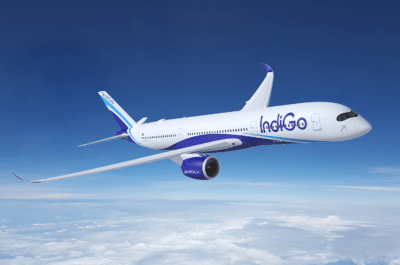
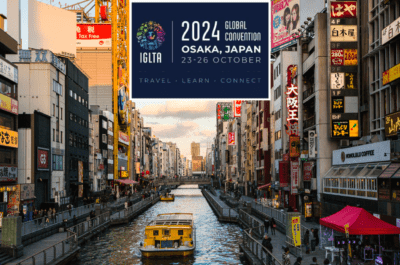















![[PR] PR_Ascott and Vimut Hospital_2024](https://www.traveldailynews.asia/wp-content/uploads/2024/04/PR-PR_Ascott-and-Vimut-Hospital_2024-400x265.jpg)

